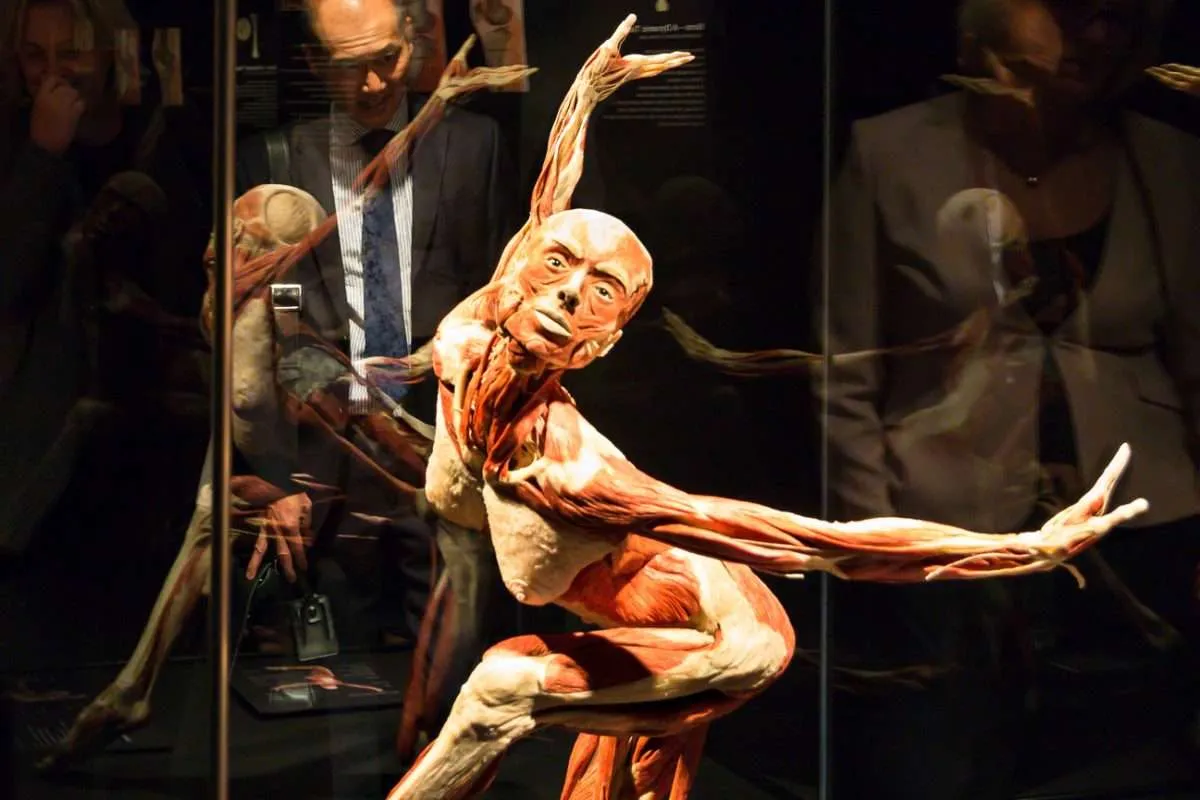I do not have a whole lot of experience with different kinds of museums as a kid. Growing up in Fairbanks I used to visit the Museum of the North, Community Museum, and the museums at Pioneer Park a lot. I really didn’t pay attention to the details or information once I said, “wow, that looks cool!” In high school, I traveled a bit and visited the National September 11 Memorial & Museum in NYC, the National Cowboy & Western Heritage Museum and the First Americans Museum in OKC, the Pop-up Body Exhibit inside of the Museum of Science in Boston, the Adventure Aquarium in Camden NJ, the Arizona Science Center in Phoenix, as well as the Sea-Life Center in Seward. As I got older, I started to get more interested in the logistics and history of the museums I went to.
Ideal museums for me mean interactive, diverse, and immersive. My ideal museum experience is memorable. It requires only one attention grabbing exhibit experience where I spend significant time, engaged in a way that taps into interests and expands my thinking. It makes me wonder about something and allows me to explore an idea tactically, using my hands—even my full body. Connecting with others about the topic is important, too, as it shapes and grows perspectives. Ideally, after I am done, I’ve embodied a concept, had my interest piqued ready to learn more. In fact, my ideal museum experience has to be more than memorable. I want to come to care.
Diversity and representation in museums are also huge factors in which ones are ones that I would go back to or recommend. I believe that collections should be based purely on the relevance of the work, and they shouldn’t just try to cater to a specific group, minority or otherwise. In an ideal world, this should be an easy and common occurrence. However, because the straight, white, male default is so ingrained in all aspects of society, extra effort needs to be taken to ensure that those who have been under-represented in the past can see themselves represented now. Diverse museum collections can teach us about the benefits of representation.
My favorite museum (so far) has to be the First Americans Museum in OKC. It started off where we could hear different kinds of the traditional music and singing, then you can see the different kinds of drums used by different tribes. It also explores the complex relationship between Native people and museums and critiques the manner in which non-Native scholars have represented our objects and cultures. The museum also contains a one-of-a-kind fully illustrated, multi-plane immersive world has surprises for everyone ages three to 103. The OKLA HOMMMA exhibition speaks to the diverse stories of the 39 tribes in Oklahoma today, featuring works of art, interactive media, and film, engages visitors of all ages through sight, sound and touch.
My question to you all is what effects of colonialism have you seen in museums that you have visited or heard about?

Hey Kai, I liked that you have added memorable into what is an ideal museum; to answer your question, I think colonialism happened when museums have put cultural belongings in displays and not rightfully representing that cultural or place, or natural science is conserved to be studied, and much more. I do not know much about museum’s and the colonialism that has happened or is currently, but am looking forward to learning about museums!
Hi Kai, your definition of a museum being memorable via interactive, diverse, and immersive methods is amazing! I believe having an immersive experience at a museum is definitely much more effective in retention of information. Although I too do not have much experiences with museums, I have seen how colonialism in museums have affected and enforced trauma for cultures who had their cultural artifacts forcibly taken without their consent and even sometimes with them even knowing until too late. Colonialism in museums have also sparked changes in museums wherein native cultures are in charge of their own museums with their own artifacts.
Thanks for your thoughts here Kai – so many great ideas that you’re touching on that I hope we follow up in subsequent modules. Diversity and representation is a MAJOR point of discussion in museums all around the world, and was a big part of what caused the uproar with the ICOM proposed new definition. Museums are working to be inclusive, but we have a long way to go and acknowledging the power differential between the institutions and their colonial history and those whose stories are held in its walls is one of the first steps. One of the next steps is diversifying our staff!